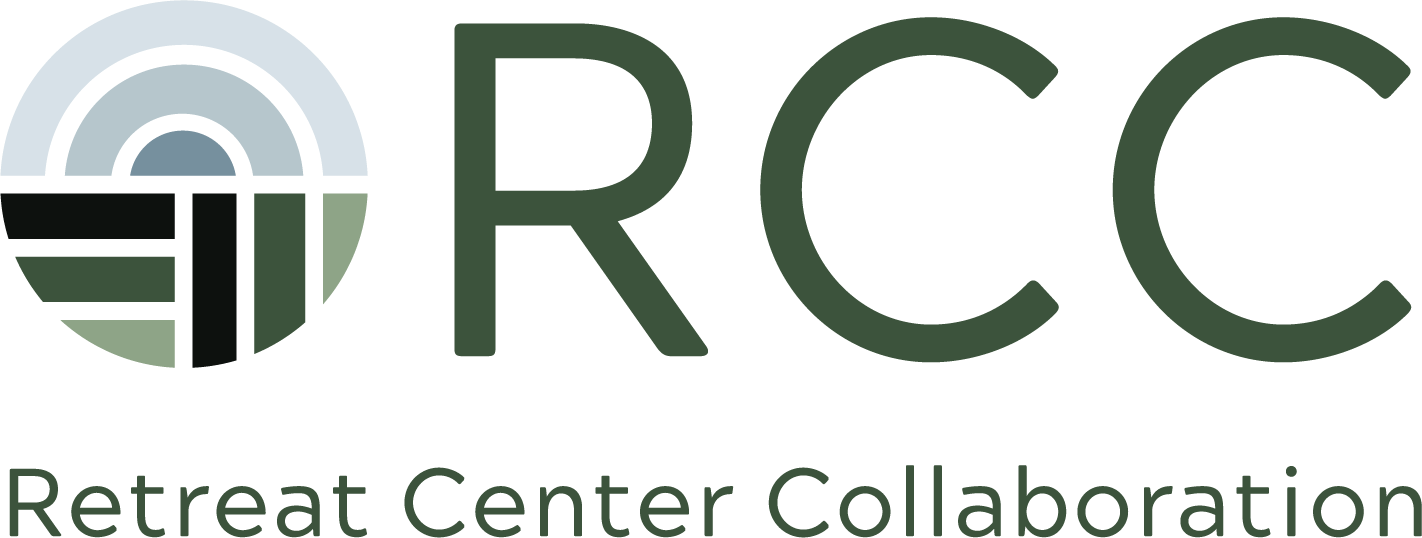Racial Healing Workshop: Reconciling Trauma in the Body with Trauma in the Land
Brenda Salgado joined the Racial Healing Initiative earlier this year as the new program director. In this role, Brenda guides the work of the RHI and collaborates with Ben Scott-Brandt, program director for the Retreat Center Collaboration, in bringing this work to retreat centers. On a recent Community Call, Brenda demonstrated through storytelling how healing our human relationships also means healing our relationship with the land. Retreat centers are uniquely positioned to be vessels for this healing relationship as retreat naturally draws people into deep inner work that engages both our bodies and the land.
View the full meeting video by clicking the image above.
Or scroll down for takeaways from the workshop.
Sharing Your Story
Brenda began the call with an invitation for us all to share a few words about ourselves, our families, and the land we live on. She offered: If we look back far enough, we’re all indigenous to a place, we’re all part of a lineage, even if the names or memories are lost. Every person has biological family as well as chosen family; inherited traditions as well as chosen traditions.
To tell the truth of who we are means sharing our bigger stories: our lineages, our peoples, who and where we come from.
Sharing those stories means involving our ancestors, becoming a part of their stories, and healing together with them.
These stories are also headed beyond us, to our descendants who will come later. Our healing is for their benefit, too.
Embodying Connection
In 1990, indigenous elders from North, Central, and South America gathered in Ecuador to discuss the Eagle Condor prophecy, and indigenous people’s need for dignity and healing in the Americas. At this gathering, the elders agreed to begin the Peace and Dignity Journeys: One group of runners would start from Alaska and run south (called the Eagle Run), and another group of runners would start from South America and run north (called the Condor Run). Both groups would be in ceremony along their routes, then meet in the middle to offer ceremony and healing prayers for their peoples and for humanity in these times. Since 1992, this run has been held every four years, interrupted only once by the Covid pandemic.
Brenda shared this story, elaborating that the bigger picture of our shared healing always includes relationship with the land—and the land is more than the earth beneath our feet. It includes the web of relationships we share with plants, animals, spirits, ancestors, and land-guardians around us. This web holds us, keeps us safe, and cares for us. We steward the land and the land cares for us in return. We cannot heal in isolation.
A deeper connection to each other and to the land is necessary for full healing. We can’t get there JUST intellectually.
Making Space for Grief
Brenda’s personal journey with the land involved connecting more deeply to this web of relationship. She sought out the spiritual guidance of a land steward among her ancestors and found her great-grandfather in Nicaragua had been a good steward of the land. She asked for more stories about his life, and family stories revealed her great-grandfather’s sons (her father's uncles) had done grievous harm to both people and the land in Nicaragua.
Healing meant being present with the suffering, grief, and heavy imprints left on the land in Nicaragua, engaging with the painful truths of history, and performing ceremony to clear the heavy energy that is still present today and affecting those living there now. This ancestral healing work is essential to being in integrity with the lands that held our ancestors, the lands where we live now, and the community and healing spaces we are called to steward in these times.
Many of us don’t know the story of our ancestors or what they did on the land, but not knowing doesn’t stop us from feeling the inter-generational trauma held in our bodies. This is often experienced as tightness in the chest. We can engage with that embodied grief and find—or create—meaningful ways to grieve, process, and heal in relationship with the land. Making space to hold, express, and properly honor our grief is a vital piece of the healing journey.
The Racial Healing Initiative approaches racial healing as a way to reconcile our individual stories of separation, disconnection, and harm with the larger stories and experiences of the land, our ancestors, and those in our community who are also suffering.
Questions to Ask
Brenda invites retreat centers to consider how they might hold this kind of deep work, helping us all come back into relationship with each other and to the land.
What are the ways your center honors the land?
How do you ask permission of the land?
How do you seek guidance from the land?
What story of grief hasn’t been told? What is the truth that needs to be expressed? What is the story that will allow healing?
Whose stories haven’t been heard?
Notes and Audio
Follow the link below to access PDFs, audio, and additional meeting notes.
Join the Discussion
Do you work at a retreat center? Would you like to connect with the RCC community for more insights and support? Find out about upcoming events.
Attend the next Community Call by subscribing to our mailing list.
Join our private Facebook group to connect with other retreat center professionals, learn, share, collaborate, and socialize together.

